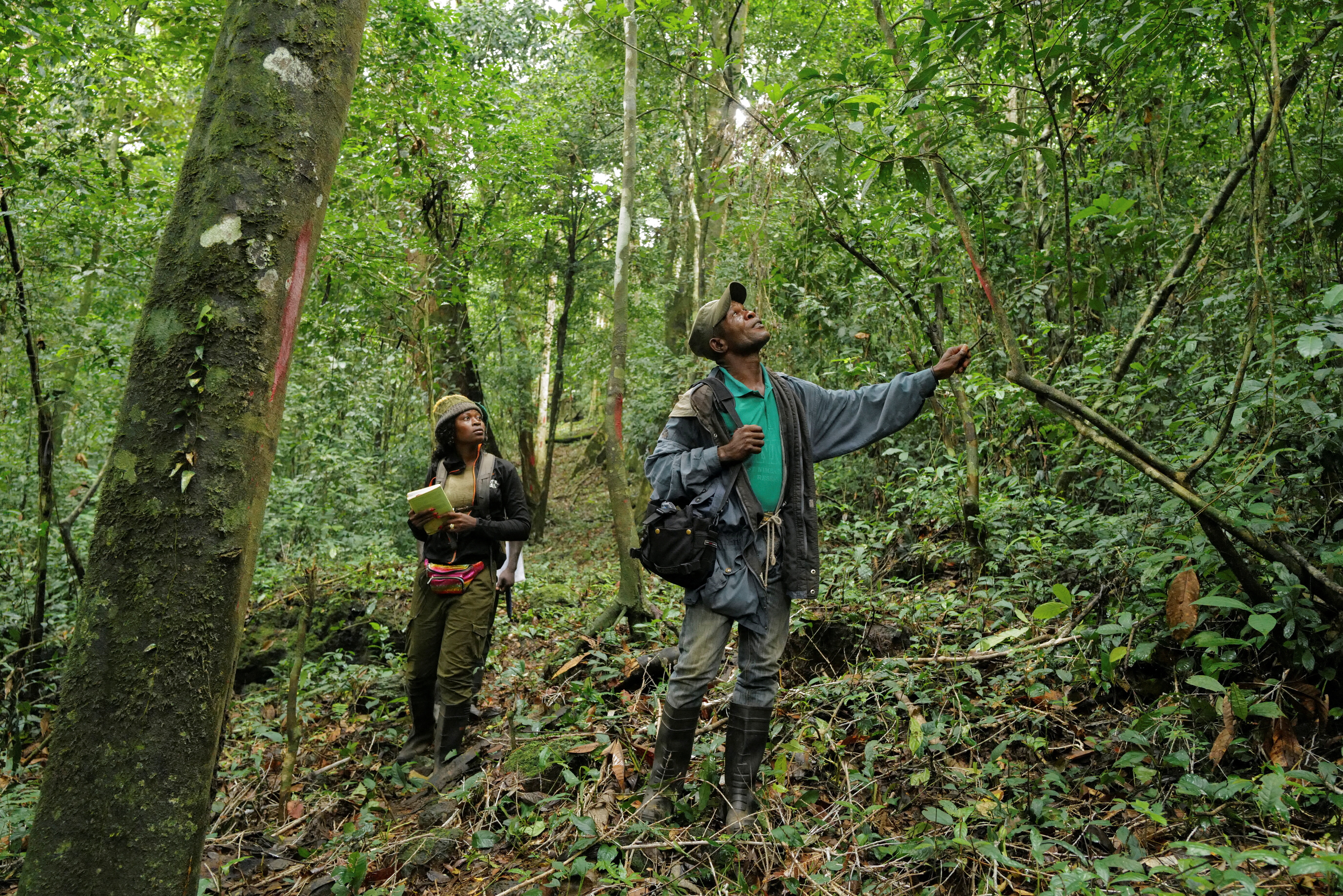Two key challenges for the digital economy

By 2016, the digital economy is likely to reach US$ 4.2 trillion in the G20 economies, more than 5 % of GDP. This projection, however, is dependent on the availability of fast fixed and mobile connections, secure cloud services, affordable devices, innovative apps and available content.
Will that projection – and the promises of innovation, speed, job growth and wealth creation – become a reality?
The question has never been more important. Internet services are growing at a massive rate, putting strain on existing infrastructure and business models. The investments required to fulfill the digital agenda are daunting: approximately US$ 100 billion between now and 2020 in Europe alone.
Answering this question requires a better understanding of the most pressing issues facing the digital economy. Although some of these challenges are regional – such as insufficient investment in high-speed wireless technologies in Europe – global questions also exist: the coming “spectrum crunch” and how governments should engage and regulate markets. These issues were highlighted by various stakeholders, from telecommunications companies to digital services players, brought together to take part in the World Economic Forum’s recently launched project, “Delivering on Digital Infrastructure”.
Spectrum
The world is possibly facing a “spectrum crunch”. Cisco’s Visual Networking Index forecasts that 19 billion wireless devices will be in service by 2017. Between now and then, mobile data traffic is expected to grow by 66 % annually. The most straightforward response, increasing network density, is costly, time-consuming and will result in disruptions for consumers.
So what are the potential alternative solutions?
Efficient spectrum allocation: Early discussions suggest a good start would be to look at the allocation and usage of spectrum. Spectrum auctions divert resources from investments in physical infrastructure and depress returns. Governments have an opportunity to release more spectrum to mobile operators and more aggressively reallocate underutilized spectrum.
Spectrum sharing: Delivering more data via unlicensed spectrum using Wi-Fi networks will be increasingly important. Even more thought-provoking is the concept of dynamic spectrum sharing through “real-time auctions”, similar to the way Google sells paid listings based on key words used in searches.
Global spectrum alignment: A more coordinated international approach will also be needed. When equipment makers are forced to develop multiple versions of handsets and network equipment for different spectrum bands, it raises costs, delays availability for smaller markets and hinders cross-border compatibility.
Government engagement and regulation
All discussions about digital infrastructure inevitably and necessarily lead back to the role of government – specifically, when to intervene and when to let the market sort out these issues. Early discussions have focused on several questions.
What are the appropriate elements of a national strategy? Most agree that governments should set an overall strategy for digital infrastructure and manage key tradeoffs. One such key tradeoff for governments is the question of whether to provide high speeds for urban residents versus basic connectivity for rural residents. The former will likely accelerate economic growth, while the latter will assist in the delivery of basic health, financial, educational and business services.
What responsibility do governments have for providing connectivity? Most believe governments bear responsibility for ensuring some level of access, especially where private-sector deployment would be uneconomical. Some experts even suggest broadband should be considered and governed as a utility, no different from highways or rail lines.
How can governments ensure innovation in digital infrastructure? Governments’ role in encouraging innovation is hotly debated. While some point to the success of government-led national broadband networks in Australia and Singapore others favour limiting the state’s role to encouraging competition in the private sector and promoting innovation among local municipalities and universities.
What is the regulatory environment of the future? In fast-moving industries, regulators struggle to keep up with market and technological developments. What should be the balance among innovation, affordability and access, which the United Nations declared as a fundamental human right? Historically, relevant regulation has been spread across several agencies. This siloed approach may be outdated as lines blur across industries and as digital services increasingly ignore national borders. Regulatory approaches that only address challenges on an individual sector or national basis will likely be suboptimal.
The next steps for the project will be to get an in-depth understanding of these and further core risks involved and how to mitigate them, in order to help ensure that the digital economy reaches its potential.
Read more blogs on hyperconnectivity and economics.
Author: Bruce Weinelt is Director, Head of Telecommunication Industries at the World Economic Forum.
Image: A tader checks stock reports on her smartphone in New York REUTERS/Shannon Stapleton.
Don't miss any update on this topic
Create a free account and access your personalized content collection with our latest publications and analyses.
License and Republishing
World Economic Forum articles may be republished in accordance with the Creative Commons Attribution-NonCommercial-NoDerivatives 4.0 International Public License, and in accordance with our Terms of Use.
The views expressed in this article are those of the author alone and not the World Economic Forum.
Stay up to date:
Digital Communications
Forum Stories newsletter
Bringing you weekly curated insights and analysis on the global issues that matter.
More on Economic GrowthSee all
Abraham Baffoe
November 18, 2025







